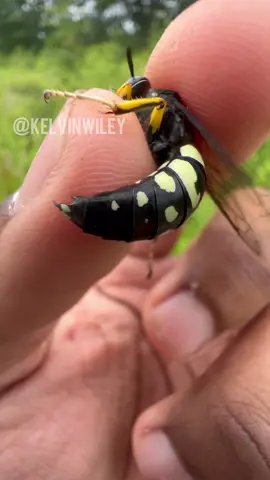✨MAJENG_DEJEH✨
Region: ID
Wednesday 17 July 2024 07:34:19 GMT
1018
162
31
5
Music
Download
Comments
@1 :
jalur langit macet g
2024-07-23 12:43:33
2
ig:xzyr bell💋💅 :
masya allah😇
2024-08-09 23:30:04
1
Lisaxy 2010 :
Masya Allah ganteng banget 😭😭
2024-07-18 07:48:07
1
yaa_ :
Masya Allah calon kiyai
2024-07-17 13:09:44
2
nenkz uus :
masyaallah akhii☺️😘
2024-07-17 10:35:16
1
si kembar duaa 🧕🧕 :
Masya Allah
2024-07-21 06:13:49
2
Bait_Alfiyah :
massya allah tabarakallah☺️
2024-07-20 02:13:00
1
@anak pondok 😇🌷 :
ya Allah hambamu terlalu masyaAllah
2024-07-17 10:36:30
1
𝙘𝙖𝙝𝙝_𝙨𝙥𝙚𝙡𝙚 :
masyaalloh ganteng banget
2024-07-17 12:54:01
2
🔰Lisaa :
heummm
2024-07-22 14:46:50
1
To see more videos from user @pan_lovers08, please go to the Tikwm
homepage.





